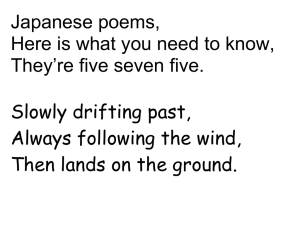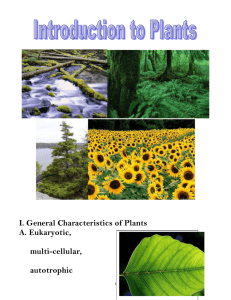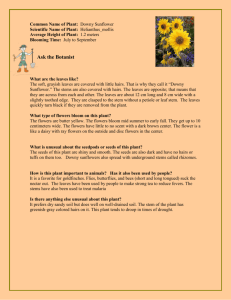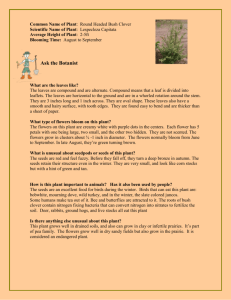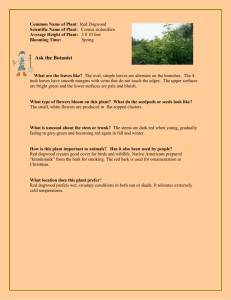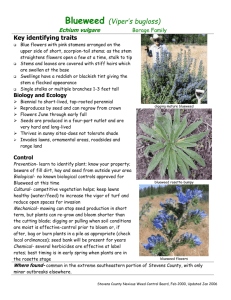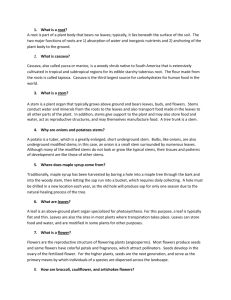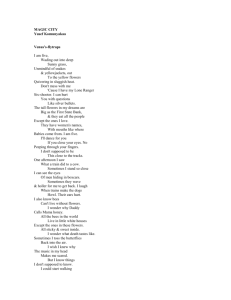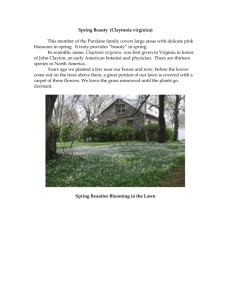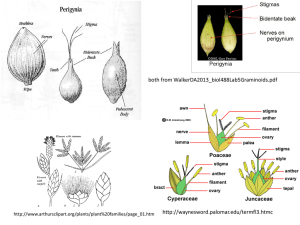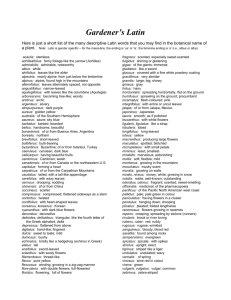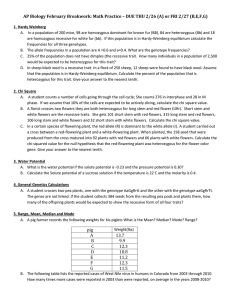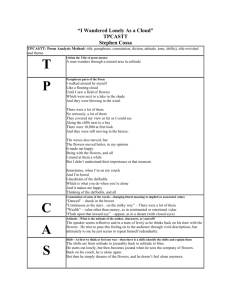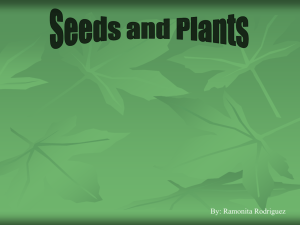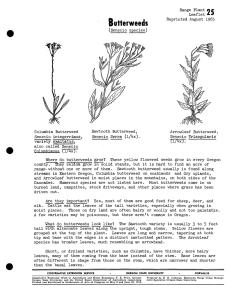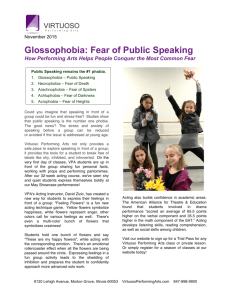34. Spring Beauty - Friess Lake School District
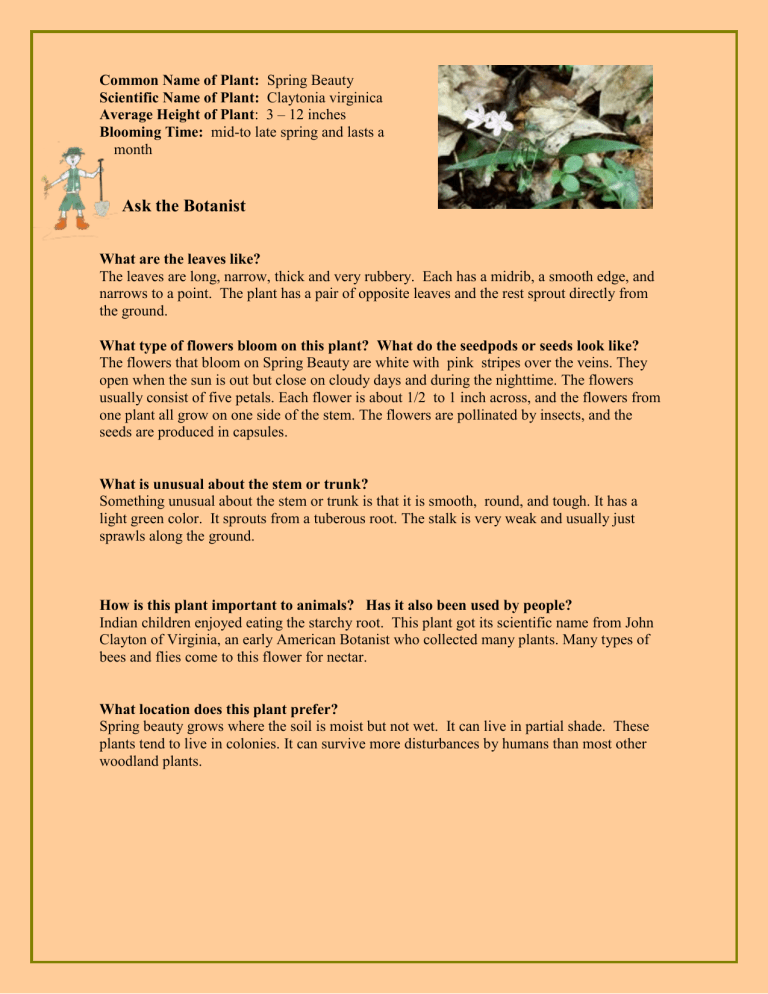
Common Name of Plant: Spring Beauty
Scientific Name of Plant: Claytonia virginica
Average Height of Plant : 3 – 12 inches
Blooming Time: mid-to late spring and lasts a month
Ask the Botanist
What are the leaves like?
The leaves are long, narrow, thick and very rubbery. Each has a midrib, a smooth edge, and narrows to a point. The plant has a pair of opposite leaves and the rest sprout directly from the ground.
What type of flowers bloom on this plant? What do the seedpods or seeds look like?
The flowers that bloom on Spring Beauty are white with pink stripes over the veins. They open when the sun is out but close on cloudy days and during the nighttime. The flowers usually consist of five petals. Each flower is about 1/2 to 1 inch across, and the flowers from one plant all grow on one side of the stem. The flowers are pollinated by insects, and the seeds are produced in capsules.
What is unusual about the stem or trunk?
Something unusual about the stem or trunk is that it is smooth, round, and tough. It has a light green color. It sprouts from a tuberous root. The stalk is very weak and usually just sprawls along the ground.
How is this plant important to animals? Has it also been used by people?
Indian children enjoyed eating the starchy root. This plant got its scientific name from John
Clayton of Virginia, an early American Botanist who collected many plants. Many types of bees and flies come to this flower for nectar.
What location does this plant prefer?
Spring beauty grows where the soil is moist but not wet. It can live in partial shade. These plants tend to live in colonies. It can survive more disturbances by humans than most other woodland plants.
Whole Plant
Pictures
Leaf http://davesgarden.com/pf/showimage/14063/ http://www.usi.edu/science/biology/TwinSwamps/Claytonia_virginica.
htm
Buds Flowers http://www.units.muohio.edu/naturalareas/trails/Silvoor%2
0Sanctuary/images/Spring-Beauty.jpg
Seeds http://www.ct-botanicalsociety.org/galleries/claytoniavirg.html
Stem or Tree Bark http://plants.usda.gov/java/profile?symbol=CLVI3&phot oID=clvi3_007_ahp.tif http://davesgarden.com/pf/go/1105/
